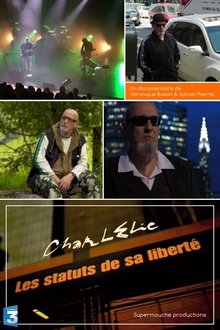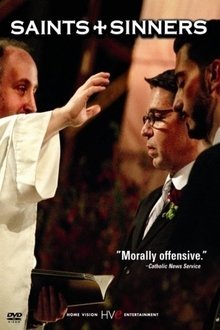Photographer Imogen Cunningham presents her own work in this Academy Award-nominated documentary.
Related Movies
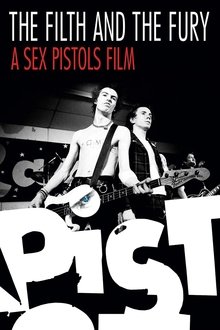
The Filth and the Fury (2000)
Julien Temple's second documentary profiling punk rock pioneers the Sex Pistols is an enlightening, entertaining trip back to a time when the punk movement was just discovering itself. Featuring archival footage, never-before-seen performances, rehearsals, and recording sessions as well as interviews with group members who lived to tell the tale--including the one and only John Lydon (aka Johnny Rotten).
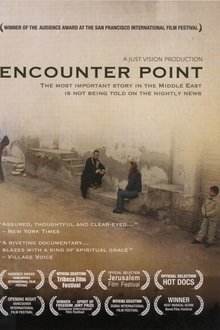
Encounter Point (2006)
Encounter Point is an 85-minute feature documentary film that follows a former Israeli settler, a Palestinian ex-prisoner, a bereaved Israeli mother and a wounded Palestinian bereaved brother who risk their lives and public standing to promote a nonviolent end to the conflict. Their journeys lead them to the unlikeliest places to confront hatred within their communities.

Lunar Almanac (2013)
Moons in a journey through magnetic spheres, influencing subtle energies on Earth. A silent film with a hypnotic intensity.
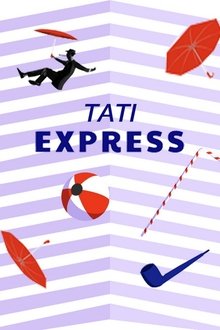
Tati Express (2015)
Tati Express dives into Jacques Tati's films and how they look at a changing world throughout the 20th century. It shows how modernity impacts human-beings and goes through that amazing body of work at 100 mph.
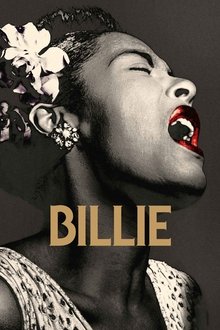
Billie (2020)
‘Lady Day’ was one of the greatest jazz vocalists the world ever heard. In 1971, journalist Linda Lipnack Kuehl set out to write the definitive biography of Billie Holiday. Before her mysterious death in 1978, Lipnack Kuehl had taped over 200 hours of interviews. The tapes have never been heard. Now they form the basis of an atmospheric, multi-layered documentary that captures the many complex facets of a proud black woman, violent drug addict, loyal friend, vindictive lover and unforgettable singer of ‘God Bless The Child’, ‘Saddest Tale’ and the haunting ‘Strange Fruit’.
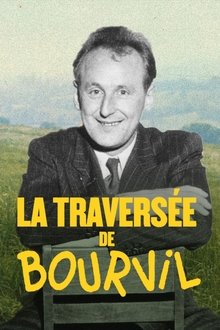
La Traversée de Bourvil (2022)
September 23, 2022 marks the 52nd anniversary of the death of Bourvil (1917-1970). Radio, sketches, boulevard theater, operetta, cinema, songs whimsical or tender, Bourvil is present in all areas of popular culture. Carried by the voice of Valérie Lemercier, this portrait of the artist allows us to rediscover his most beautiful songs, from Les Crayons to La Tendresse, and the highlights of his filmography, from the cult scenes of La Traversée de Paris, Le Corniaud and La Grande Vadrouille to Le Cercle rouge. We also rediscover the richness of his career as a singer and actor, with some little known nuggets. The testimony of Bourvil's two sons, unpublished family films and numerous archives tell the story of the all too brief life of this endearing man.
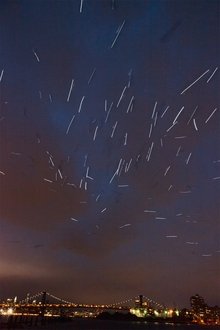
Fly by Night (2017)
FLY BY NIGHT follows artist Duke Riley as he embarks on his biggest project to date -- training thousands of pigeons outfitted with tiny LEDs to twirl, swoop, and glide over the East River at dusk from a decommissioned naval vessel in the Brooklyn Navy Yard. Commissioned by the public arts nonprofit Creative Time, the visually mesmerizing project received acclaim from the art world and the thousands of New Yorkers who witnessed the performances during the spring of 2016. The Village Voice awarded Riley a lifetime achievement award for "elevating the prestige of pigeons in the public consciousness." This piece follows Riley's process from conception to final performance, and ultimately like the project itself, examines urban humanity's relationship to the natural world.
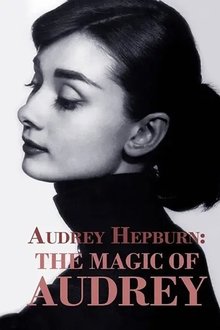
Audrey Hepburn: The Magic of Audrey (2008)
The charismatic actress was known for her style and charming on-screen presence. This doc delves into her rise from difficult circumstances.
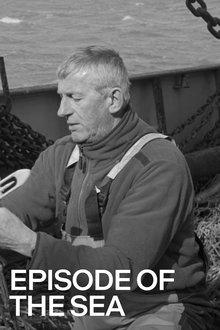
Episode of the Sea (2014)
The result of a two-year collaboration with the fishing community of Urk, a former island in the Netherlands. In the previous century, the Dutch closed off and drained their inland sea to reclaim new farmland. The island of Urk, situated in the middle of the sea, suddenly found itself embraced by land. Its inhabitants were expected to switch from fishing to farming, but the fishermen managed to continue their trade. They found new fishing grounds, far out in the North Sea.
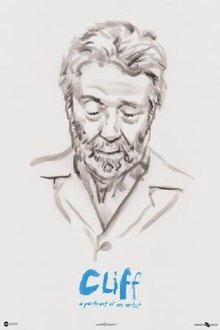
Cliff: A Portrait of an Artist (2021)
Acclaimed Canadian artist Cliff Eyland looks back on his life after a successful double lung transplant.
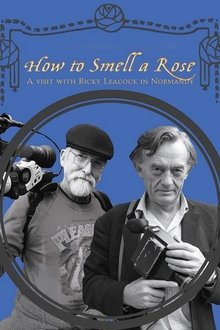
How To Smell A Rose: A Visit with Ricky Leacock at his Farm in Normandy (2014)
In the year 2000, Les Blank, along with co-filmmaker Gina Leibrecht, visited Richard Leacock (1921-2011) at his farm in Normandy, France and recorded conversations with him about his life, his work, and his other passion: cooking! With the flair of a seasoned raconteur, Leacock recounts key moments in his seventy years as a filmmaker and the innovations that he, D.A. Pennebaker, Albert Maysles and others invented that revolutionized documentary filmmaking, and explores the mystery of creativity. With the passing of both Blank and Leacock, the documentary is a moving insight into the lives of two seminal figures in the history of film.
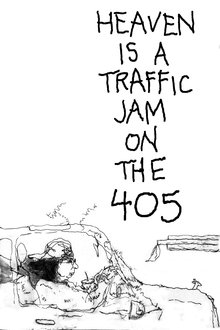
Heaven is a Traffic Jam on the 405 (2016)
56-year-old artist Mindy Alper has suffered severe depression and anxiety for most of her life. For a time she even lost the power of speech, and it was during this period that her drawings became extraordinarily articulate.
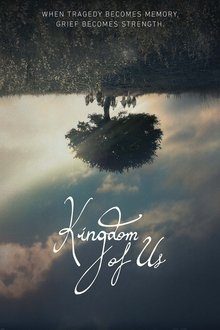
Kingdom of Us (2017)
How does a traumatic event shape a family? How do you sift through the memories to find hidden clues and unlock a collective grief? Kingdom of Us takes a look at a mother and her seven children, whose father's suicide left them in financial ruin. Through home movies and raw moments, the Shanks family travels the rocky road towards hope.
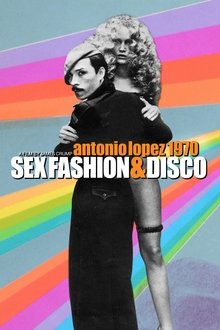
Antonio Lopez 1970: Sex Fashion & Disco (2018)
Sex Fashion and Disco is a documentary film concerning Antonio Lopez (1943-1987), the most influential fashion illustrator of 1970s Paris and New York, and his colorful and sometimes outrageous milieu.
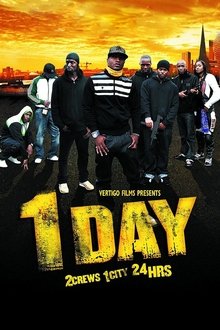
1 Day (2009)
This searing British thriller follows Flash (Dylan Duffus), who's safeguarding his buddy Angel's (Yohance Watson) cash until his release from prison. Now Angel is out -- and Flash is 100 pounds short. He turns to a lowlife named Evil (Tobias Duncan) for help, the first in a series of mistakes. Now, Flash has more than just Angel hunting him down. Directed by Penny Woolcock (Mischief Night), the film co-stars Ohran Whyte and Chris Wilson

The Rule (2014)
See how the Benedictine monks of Newark Abbey, in the heart of one of America's most dangerous cities, are able to achieve amazing success with the most vulnerable population: inner city African American and Latino teenage males. While Newark, NJ, with a high poverty rate of 32%, has an abysmal high school graduation rate, St. Benedict's Prep has a near 100% COLLEGE ACCEPTANCE rate. The film details how their "recipe for success" follows the 6th century Rule of Saint Benedict and how this rule can serve as a model for whole cities nationwide.
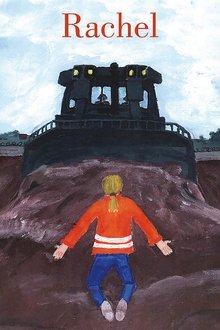
Rachel (2009)
Rachel Corrie, a young American woman and her friends attempt to stop a bulldozer from clearing out some homes and other buildings. Corrie was run over and killed. Witnesses claim it was deliberate.
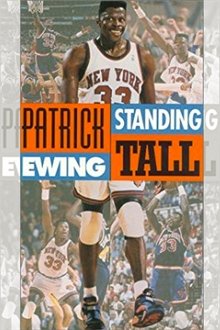
Patrick Ewing - Standing Tall (1993)
This documentary provides an intimate look at NBA center Patrick Ewing and proves that there is more to this man than game-saving blocks and slams. Catch footage of him as a schoolboy star in Boston, revisit his college career at Georgetown, snag a courtside seat for his battles as the centerpiece of the resurgent New York Knicks, and fly with him to Barcelona to be part of the historic "Dream Team." Rare footage and detailed interviews capture some of Ewing's career-building moments and give fans a taste of the celebrity center's friendly demeanor.
